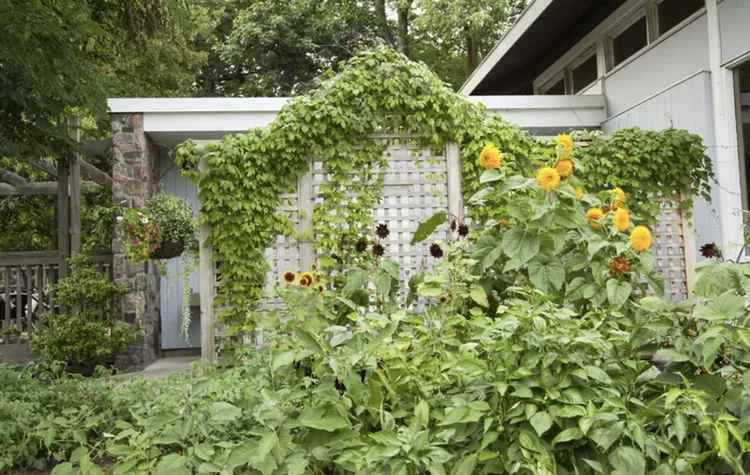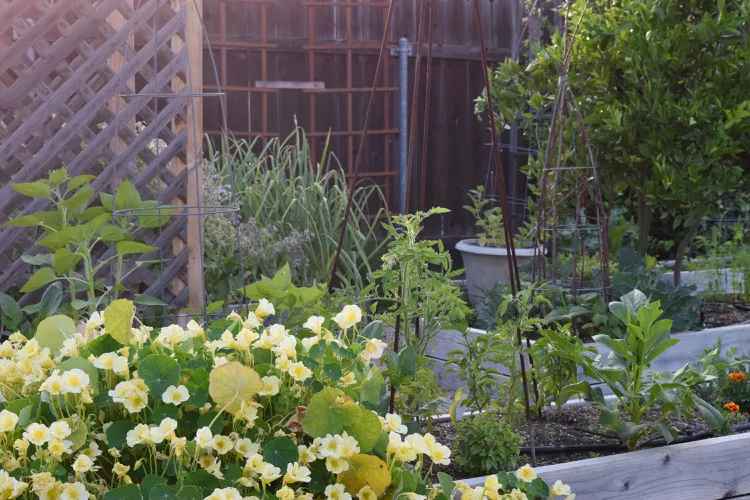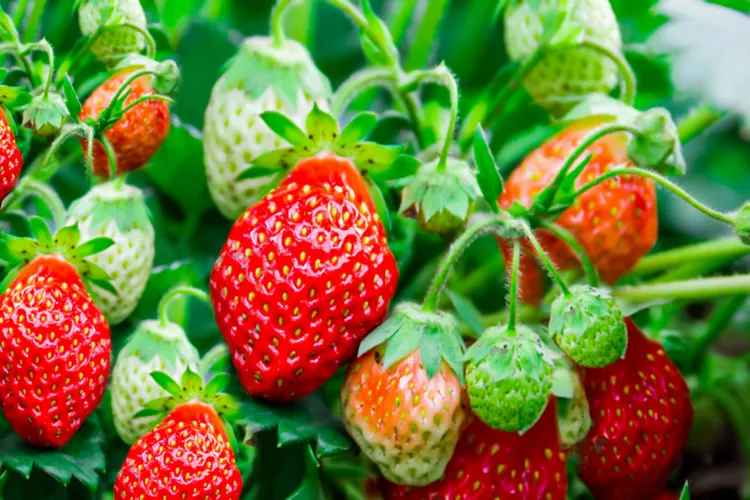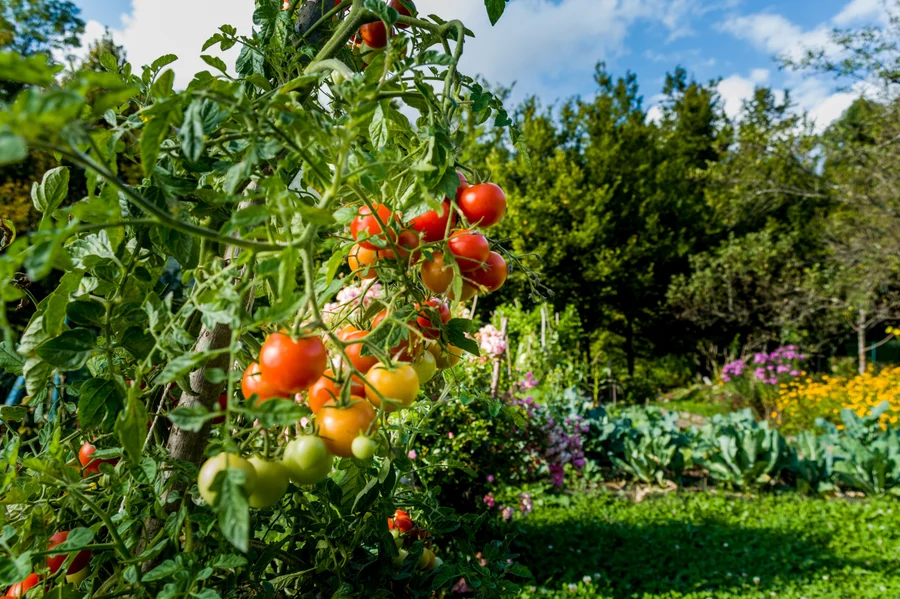Irises are available in many colors and forms. They have large, colorful blooms which make them a popular plant in gardens around the world. These perennial spring-blooming rhizomes are easy to care for and grow, but they do need to be pruned annually to stay healthy.
Why you should cut back irises
For several reasons, it is important to remove spent flower stems and maintain the thick-spathe leaves.
The majority of varieties produce a flower stalk that has several blooms which open in stages. You don’t need to deadhead the individual blooms that have faded, but it is important to remove the stalk from the base after the bloom period of two to three weeks has passed. Stalks that are bare or have wilted flowers or no blooms at all, are not attractive. They detract from the foliage, which adds color and form to the flower garden.
The flowers that have been spent will also direct energy to producing seedheads. This is fine, but it diverts the plant’s energies from the production of new leaves. New leaves are necessary to ensure a good flowering season the following year.
Trimming the leaves or pruning the plant’s foliage can protect it from fungal or bacterial diseases that are caused by excessive moisture on the leaf. Irises can be susceptible to blight, soft rot and leaf spot. Irises that are left to overwinter can also be vulnerable to the iris borer, a major iris pest. The brown moth adult lays eggs that overwinter on dead foliage. The larvae hatch in the spring and consume the leaves, eventually eating into the rhizome of the plant.
When pruning, you can inspect your plants and remove dead or diseased leaves as well as check for insects.
Tip
Iridaceae is a family that includes a number of different iris types and species. The majority of iris species and types grow from rhizomes, although some are bulbous. No matter which iris variety is in your garden, the steps to cut back are the same.
How to cut back for best blooms
This energy is generated by the photosynthesis of the plant’s long, thick, narrow leaves. It allows rhizomes or bulbs to begin producing new leaves for next season’s bloom period. The long, thick and narrow leaves of the plant produce this energy through photosynthesis. This allows the rhizome to start producing new leaves for the next bloom season.
Remove Spent Flower Stalks
The Bearded Iris is one of the more popular varieties. It often blooms again in the fall. No matter what variety your iris is, it will benefit from the removal of spent stalks after its bloom cycle has ended. Cut the stalk with a sterile clipper or hand pruner at its base. The best cuts are those that have an angle, as they allow water to run off and prevent moisture-based diseases.
Fan Trimming in Mid-Fall
Trimming back the clumps of iris foliage in the fall is a good idea. They continue to produce energy so long as the temperatures are above freezing. Fan trimming is an excellent way to maintain and encourage consistent annual blooming. This task can be accomplished with sterile, clean scissors, hand trimmers, or small garden shears. Cut each leaf at an angle downward, starting in the middle. Leave a graduated fan of between 4 and 5 inches at the top. The outer leaves should measure 2 to 3 inches in height. This fan shape keeps leaves healthy because it prevents moisture from building up in the middle of the clump. It also allows for photosynthesis to continue. Remove any leaves that are discolored, dried or diseased at the same time.
What are the different types of hand pruners?
After Frost, remove all foliage
As soon as the temperatures drop, most if not all of the iris’ leaves will naturally die. The dead foliage can be removed, leaving only a 1/2 inch to 1 inch above the rhizome. Avoid breaking or pulling spent leaves by using an angled cut with a sterile instrument.
It is now a good idea to touch the base of the plant. You will see a few rhizomes near the surface of the soil in a large clump. Cut out any soft or spent ones with a clean tool. Remove the damaged or soft one, and lift up any other healthy ones. Add it to your compost bin or throw it away.





